Western Siberian Hemiboreal Forests
The ecoregion’s land area is provided in units of 1,000 hectares. The conservation target is the Global Safety Net (GSN1) area for the given ecoregion. The protection level indicates the percentage of the GSN goal that is currently protected on a scale of 0-10. N/A means data is not available at this time.
Bioregion: Siberian Hemiboreal Forests & Steppe (PA35)
Realm: Central Eurasia
Ecoregion Size (1000 ha):
22,393
Ecoregion ID:
687
Conservation Target:
33%
Protection Level:
2
States: Russia
This narrow belt of tall conifers, birch, aspen, and lime trees stretches for 2,000 km along the southern edge of the west Siberian taiga. The forest floor is tangled with prickly wild roses and swamps are havens for waterlilies and orchids. A corridor for species from east to west, and taiga to steppe, the Western Siberian Hemiboreal Forests host endemic Siberian lime trees, brown bears, moose, grey wolves, and a huge variety of birds such as eastern imperial eagles, snowy owls, horned grebes, and the critically endangered yellow-breasted buntings.
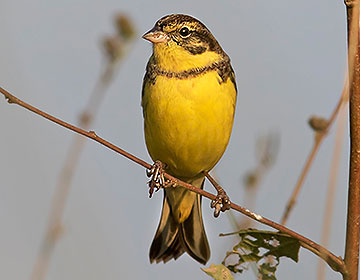
The flagship species of the Western Siberian Hemiboreal Forests ecoregion is the yellow-breasted bunting. Image credit: Wildscreen Exchange
This ecoregion forms a latitudinal belt within the southern taiga zone of West Siberia. The width of this belt is about 150 km and the length 2,000 km. It is crossed from south to north by the Irtysh and Ob Rivers and numerous tributaries. At the eastern end, the belt is forked by protrusions of higher ground that form parts of the South Siberian forest steppe and Sayan montane conifer forests ecoregions. There is a humid continental climate with cool summers. The average monthly temperatures ranges between -17–19.5°C and annual precipitation around 475 mm. Average annual temperatures are just above freezing, peaking, along with precipitation, in July.
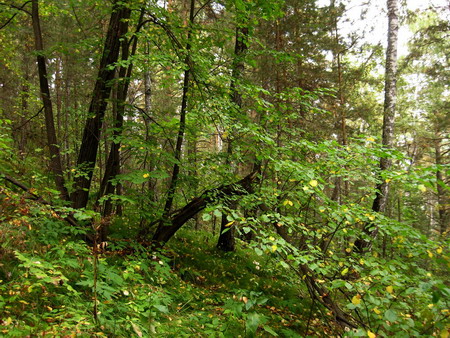
Siberian lime tree
Biodiversity is high for western Siberia with over 1,000 species of plant, fungi, and lichen. In undisturbed areas there are mixed forests of Siberian fir, Siberian spruce, scots pine, aspen, and small-leaved lime trees. Hills near the base of the Altai-Sayan Mountains in the extreme east of the ecoregion are home to highly endemic Siberian lime.
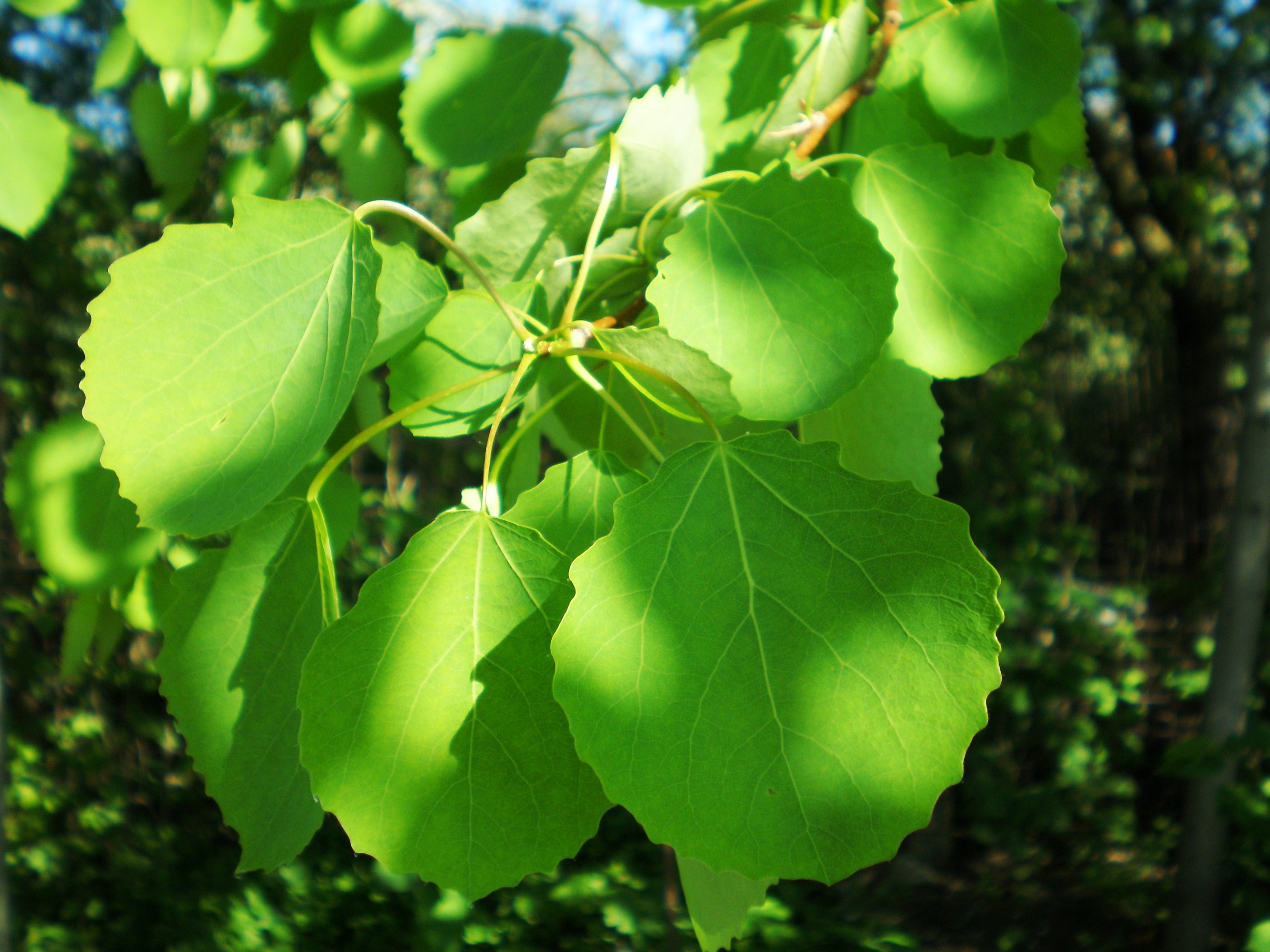
Eurasian aspen. Image credit: Šarūnas Šimkus-2007, Creative Commons
The forest floor and swamps harbor beautiful flowers, including lungwort, fairy slipper, ghost orchid, military orchid, and dwarf waterlily. Spectacular primary forests of tall silver birch and downy birch occur in the northern part of the ecoregion with rich shrub and ground layers, characterized by prickly wild rose, wood small-reed, relict spinulose wood-fern, Artemisia macrantha, Galatella biflora, Pelargonium bifolium, and Heracleum sibiricum.
Brown bear, grey wolf, Eurasian lynx, wolverine, moose, wild boar, and Siberian roe deer are supported in the forests alongside smaller mammals such as otters, sable, and Siberian weasel. Acting as a corridor, the ecoregion hosts a mixture of taiga and steppe animals, including migratory species and examples typical of both western and eastern areas, which explains a lack of endemics. This is especially apparent in the many bird species found here, such as eastern imperial eagles, oriental turtledoves, Japanese sparrowhawks, western marsh harriers, read-breasted geese, snowy owls, demoiselle cranes, northern lapwings, Eurasian curlews, and the critically endangered yellow-breasted buntings.
Intensive logging peaked in during the 1960s to 1980s and dropped sharply in approximately 1990. This, with frequent fires, has reduced the occurrence of small-leaved lime and Siberian lime. Secondary forests dominated by silver birch and aspen or scots pine with some small-leaved lime in the understory now predominate. Drainage of bogs and swamps took place in the 1960s, along with expansion of arable land, hay meadows and pasture, particularly in the western part of the ecoregion and near the cities of Tomsk and Novosibirsk in the east. There are many protected areas (zakaznik, two with federal status) but intact forest areas are lacking protection and information about status and management is very scarce.
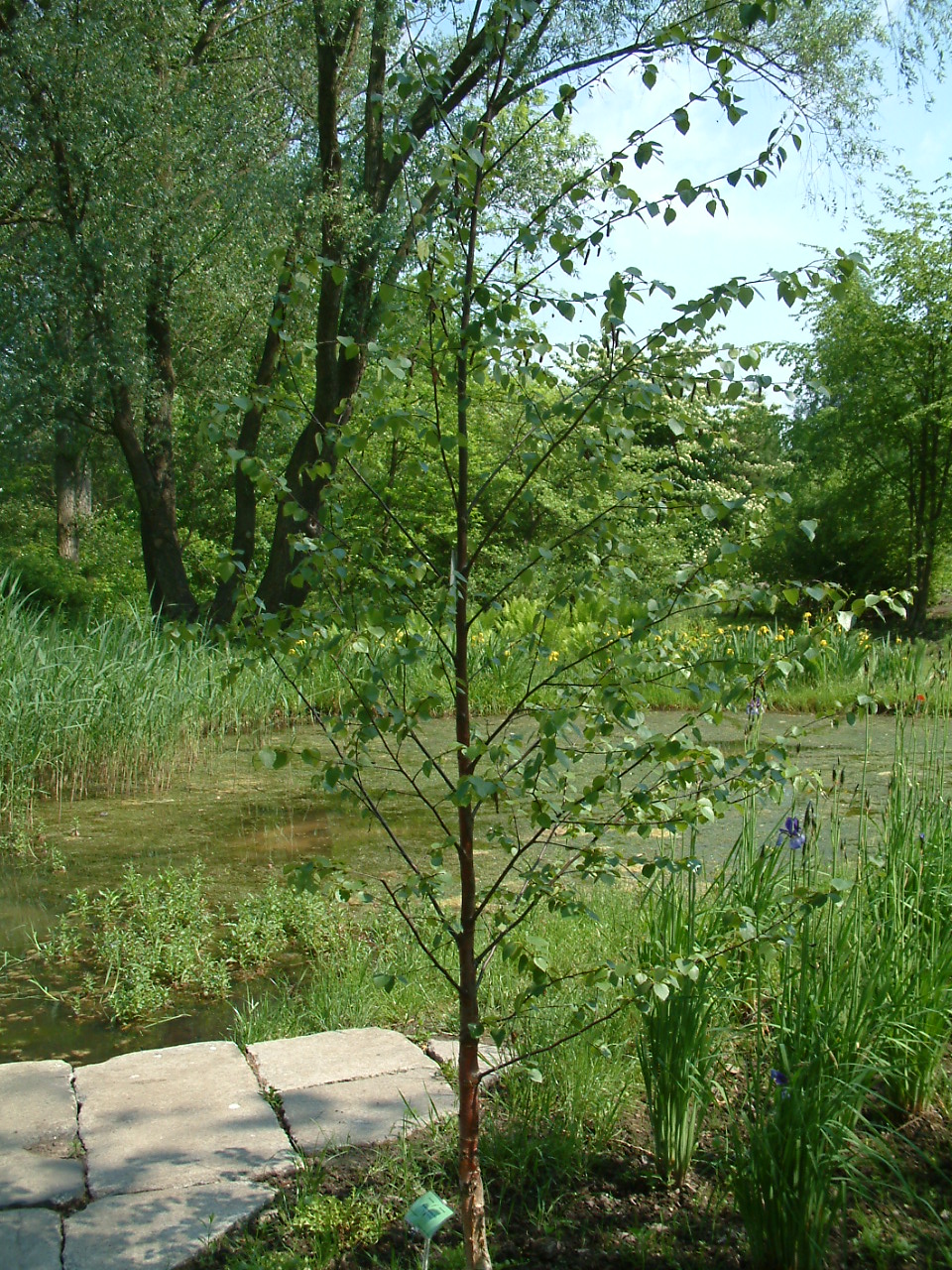
Downy birch. Image credit: Creative Commons
Illegal logging in remaining primary forests and pollution incidents from oil and gas extraction infrastructure are threats to this ecoregion. Poaching is quite common. Such a narrow latitudinal range means that this ecoregion is particularly sensitive to climate change, since dispersal and migration towards the north would be limited. Temperatures are increasing more than the global average, affecting hydrology, droughts, and plant productivity. There is evidence that the range of broad-leaved tree species is shifting northwards and the risk of tree dieback due to lack of water, forest fires, and disease outbreaks increasing.
The priority conservation actions for the next decade will be to: 1) prevent logging of primary forest; 2); increase the connectivity of protected areas, particularly across latitudinal ranges, to mitigate climate change effects; and 3) prevent human-induced forest fires.
Citations
- WWF. 2018. Western Siberian hemiboreal forests. [Online]. [Accessed 7th November 2019]. Available from: https://www.worldwildlife.org/ecoregions/pa0444
- Joint Research Centre of the European Commission. 2019. The Digital Observatory for Protected Areas (DOPA) Explorer 3.1: Western Siberian Hemiboreal Forests. [Online]. [Accessed 7 November 2019]. Available from: https://dopa-explorer.jrc.ec.europa.eu/ecoregion/80444
- Nimis, P.L., Malyshev, L.I. & Bolognini, G. 1994. A phytogeographic analysis of birch woodlands in the southern part of West Siberia. Vegetatio. 113: 25. https://doi.org/10.1007/BF00045461
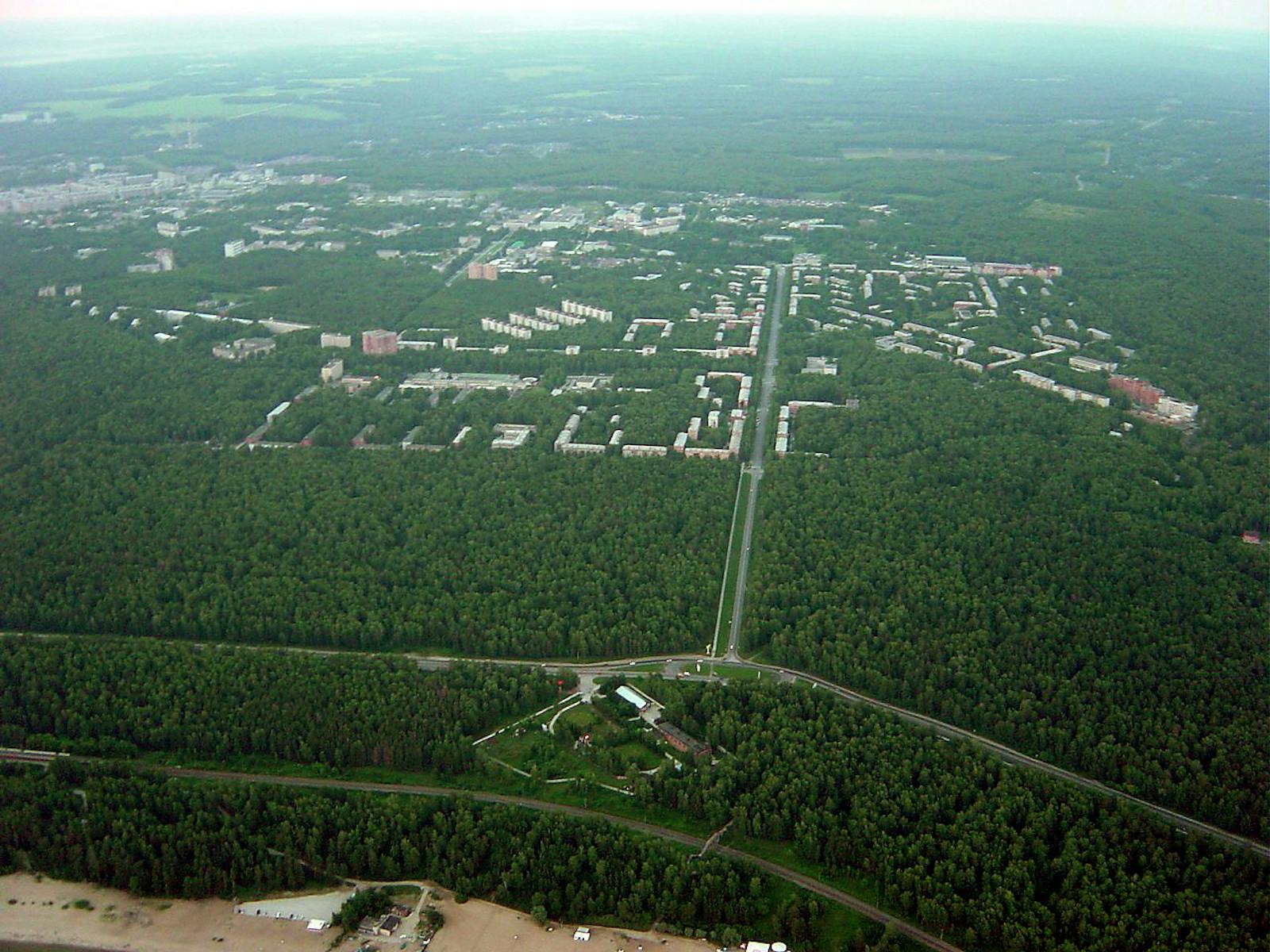
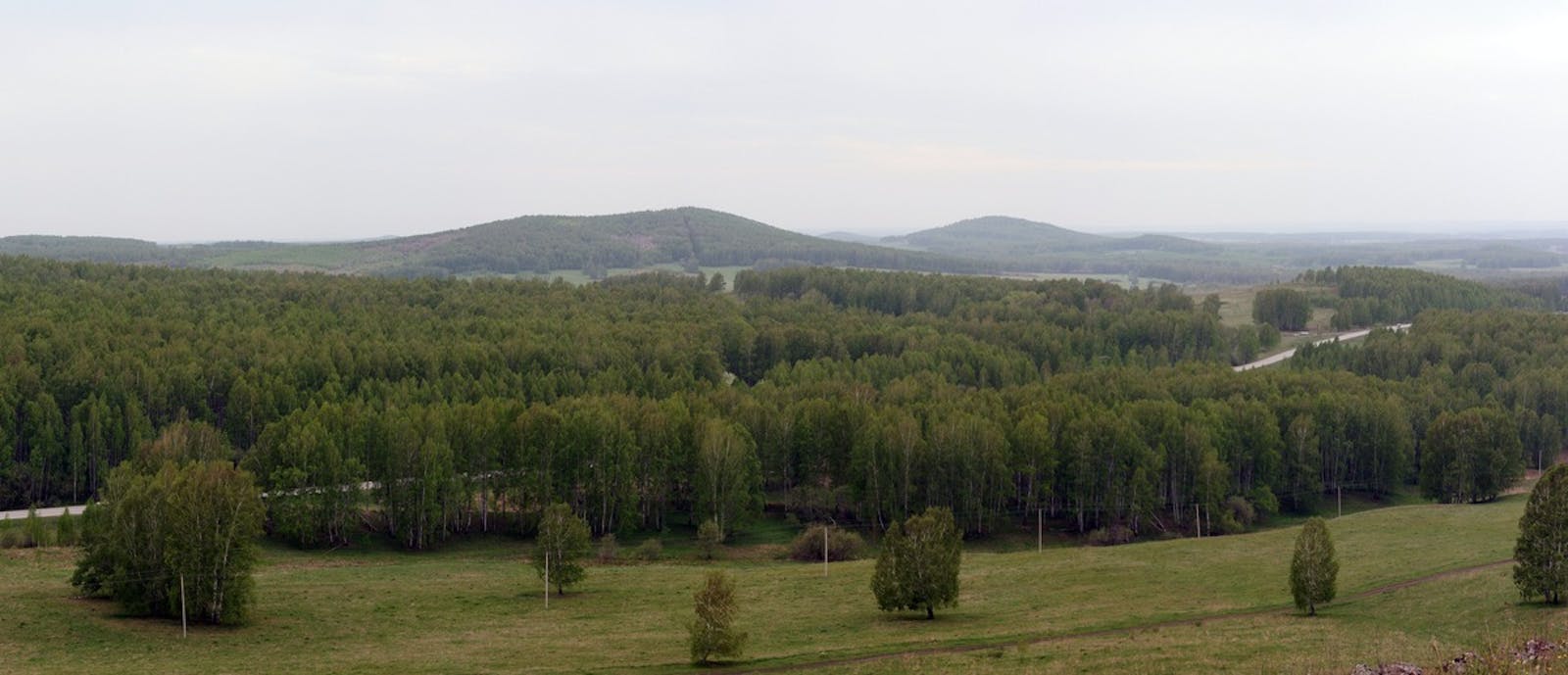
.png?auto=compress%2Cformat&w=300)

